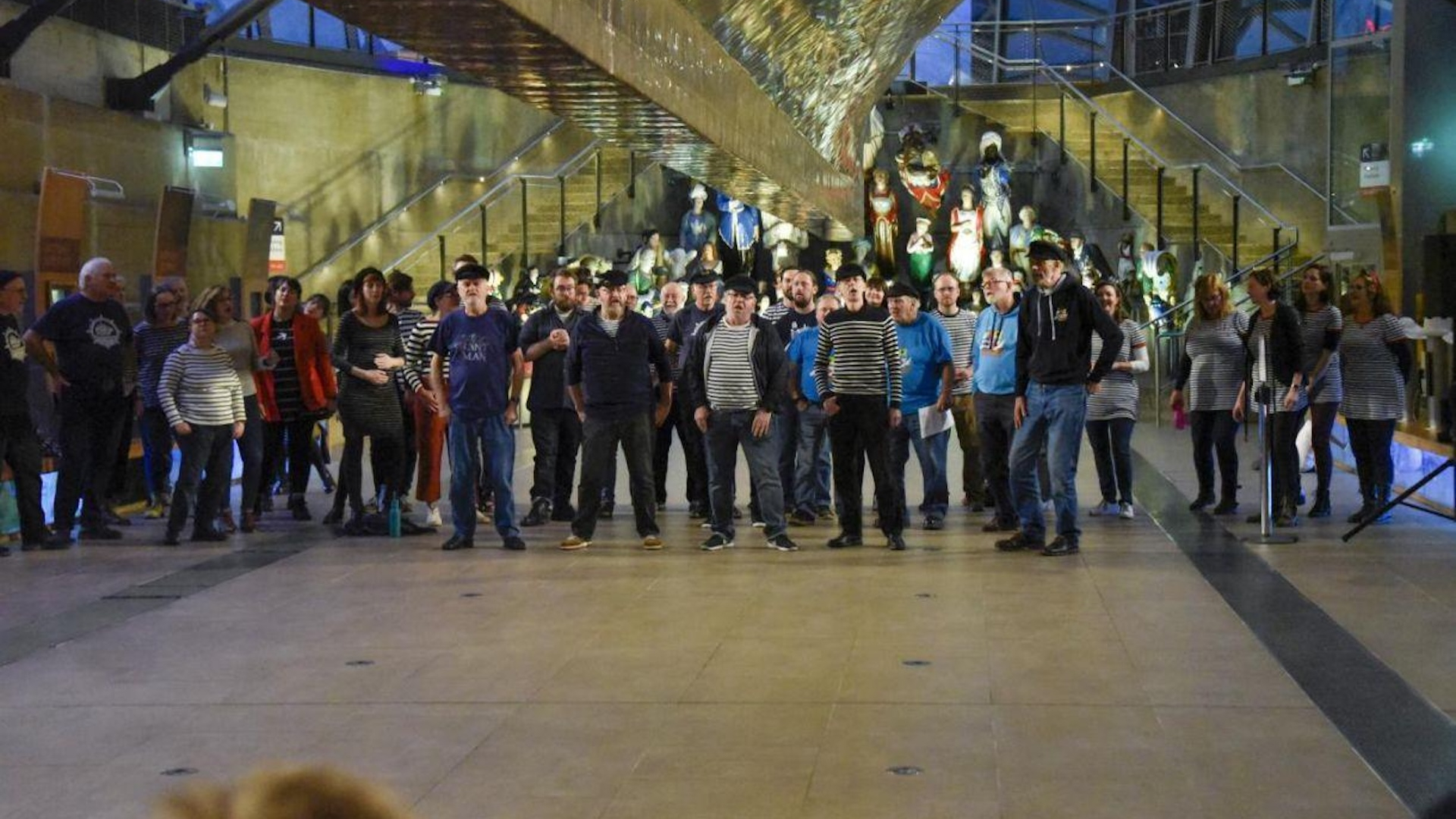The world’s 11 most stunning football stadiums
Pitch-perfect perfect pitches
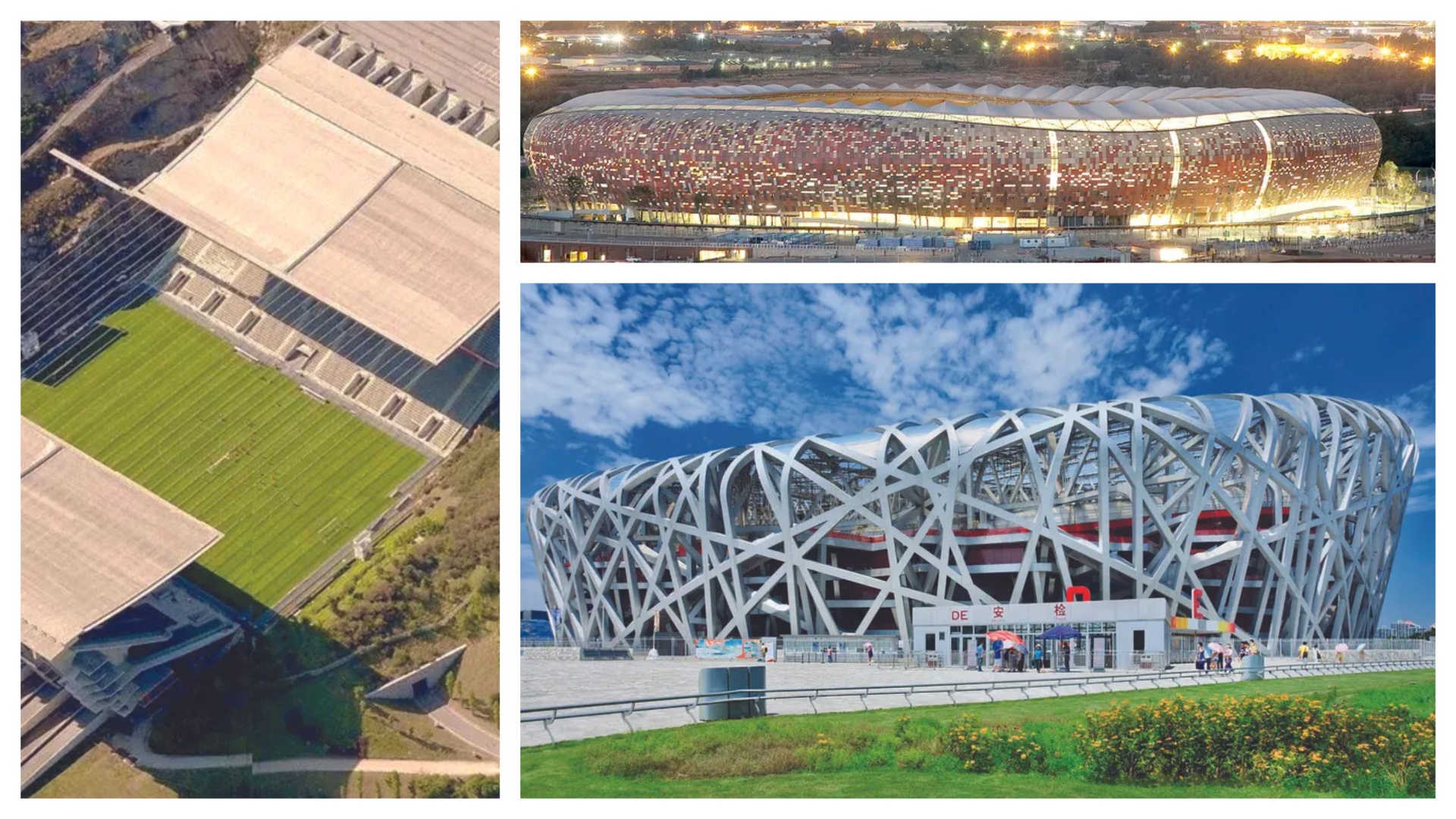

The biggest sporting events. The most massive gigs. They all take place at stadiums.
Some are absolute monstrosities. Others become icons of architecture, and part of the soul of the cities in which they sit.
Recently, mock-up images of a skyscraper-topping stadium being built by Saudi Arabia for the 2034 FIFA World Cup went viral, despite the fact they were actually fake. However, plans for the genuine article suggest it will be just as stunning – a 46,000 capacity stadium built into the roof of The Line, the country’s 160-kilometre-long smart city.
Struggling to contain your excitement prior to its opening in 2032? Check out our guide to the world’s most spectacular football stadiums.
1. AAMI Park, Melbourne, Australia

Frequently credited with putting the excitement back into rectangular stadiums, Melbourne’s AAMI Park has a hi-tech, geodesic domed roof which keeps spectators dry while still allowing light to flood the interior.
Designed by Cox Architecture and built in 2010, its pièce de resistance is the layer of lighting covering its exterior. These lights can be programmed to create various images in multiple hues, although the venue’s sustainability credentials are pretty impressive too – 9,000 solar panels cover its roof, the structure incorporates rainwater harvesting facilities and the roof required 50 percent less steel than a typical cantilevered roof structure.
2. Al Janoub Stadium, Qatar
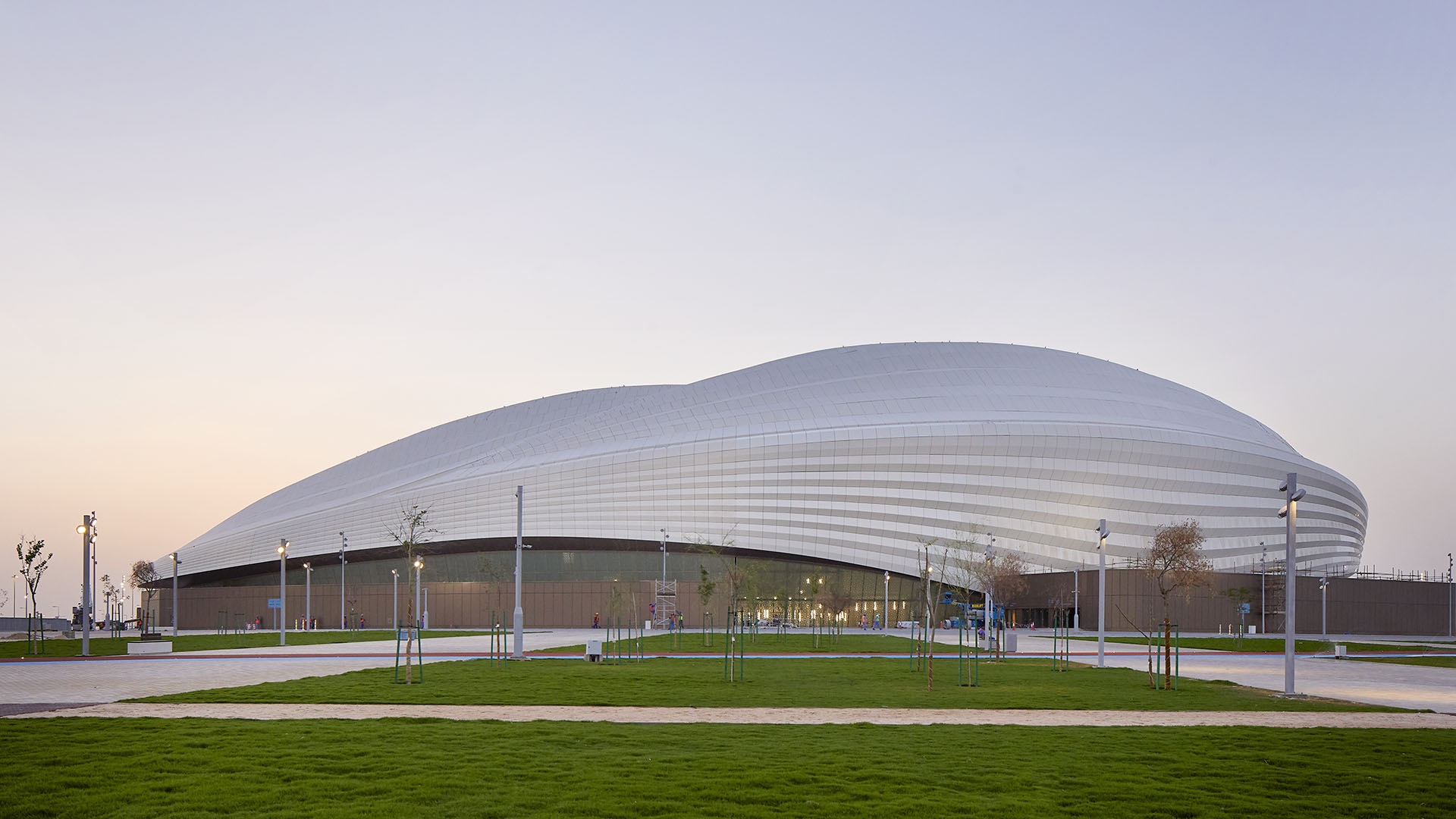
Designed by the legendary Zaha Hadid Architects (it was the first stadium in the firm's portfolio), this Middle-Eastern marvel, inaugurated in 2019, is shaped like the sails of a traditional dhow boat, while the seating inside mimics the undulating flow of the sea.
Get exclusive shortlists, celebrity interviews and the best deals on the products you care about, straight to your inbox.
Perhaps unsurprisingly, given this is the Middle East, it broke numerous records, including pitch-laying time. It took just over nine hours, which is about as long as it takes us to lay two square metres of garden turf. It was also the first stadium built from scratch for the 2022 FIFA World Cup.
3. San Siro Stadium, Milan, Italy
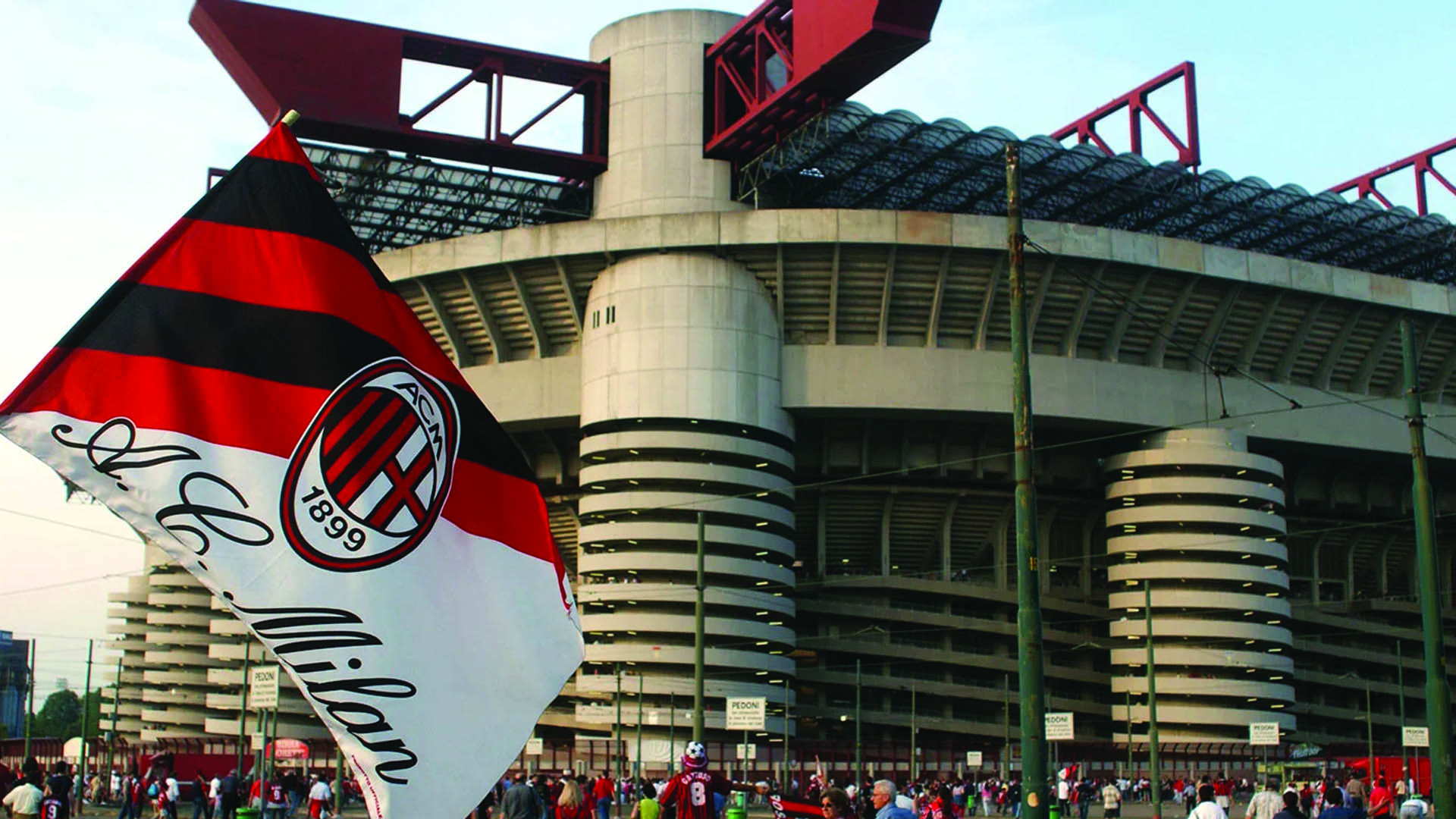
2025 marks 100 years since this temple to football was constructed. Currently the home stadium for both AC Milan and Inter Milan (and one of the few stadiums that is home to two major football clubs), the venue is famous for the exterior spiralling ramps which provide access to the upper tiers.
“Nostalgia plays a huge role within football and the fact that this iconic stadium, built in various stages and resembling a giant Brutalist machine, is about to be torn down and rebuilt by the 2030-31 season is a source of tremendous grief for many fans,” says Professor Murray Fraser, an expert in stadium design at University College London’s Bartlett School of Architecture. “Sometimes the building of a new stadium can bring great rewards, but it can often it can do the opposite - just ask Juventus or West Ham fans.”
4. Braga Municipal Stadium, Braga, Portugal
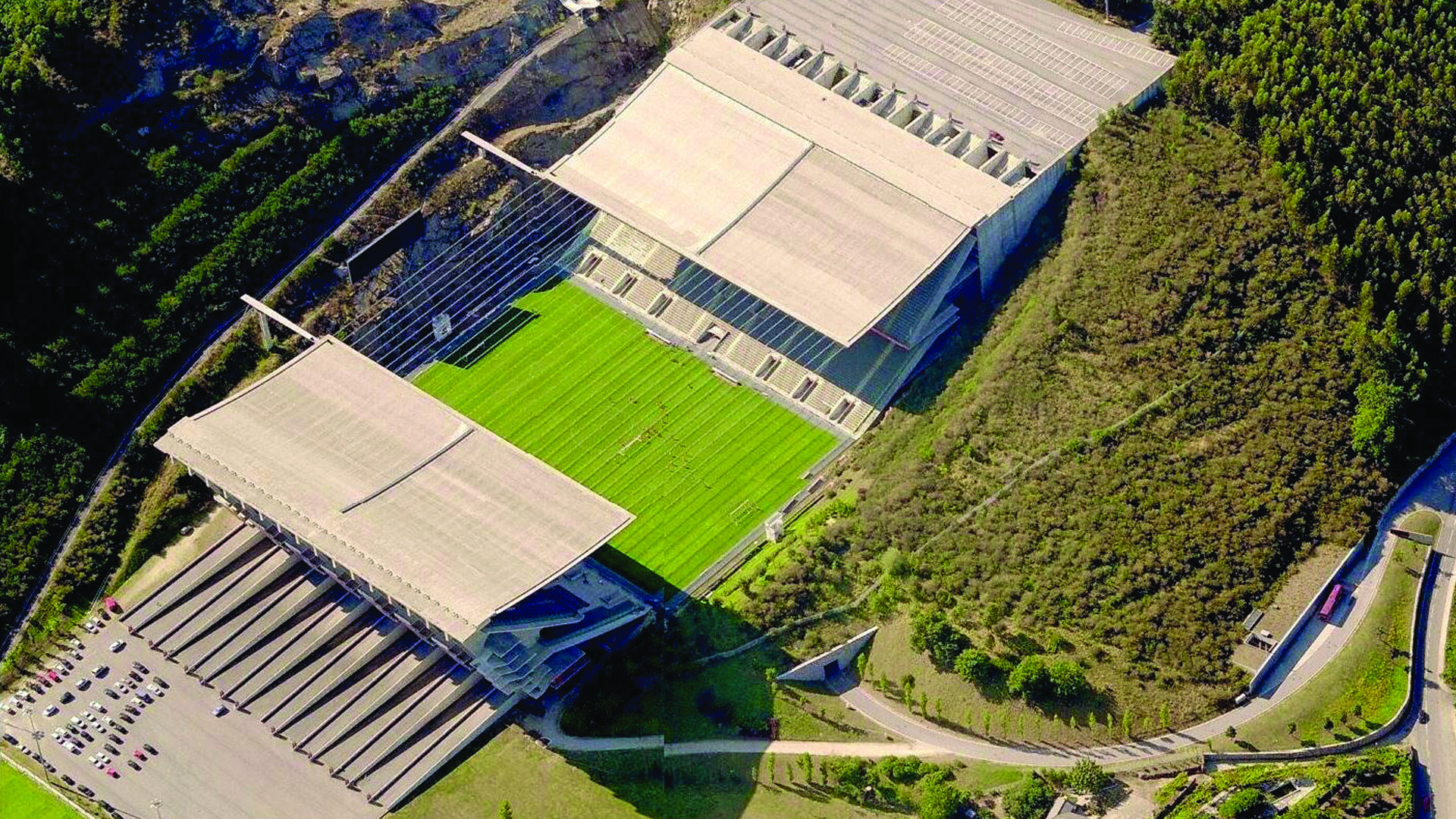
This two-stand stadium might not be a thing of beauty, but it’s certainly spectacular, carved into the side of the Monte do Castro quarry and with a roof supported by steel cables. Apparently, the design was inspired by Incan bridges – although what the Incas would think of this modern take remains to be seen.
“The Braga stadium is unique,” says Professor Murray Fraser at University College London’s Bartlett School of Architecture. “Designed by Eduardo Souta de Mouro for the 2004 Euros, behind one entire side is a granite rock face, so each team has to spend half the match trying to shoot against a mountain.”
5. FNB Stadium, Johannesburg, South Africa
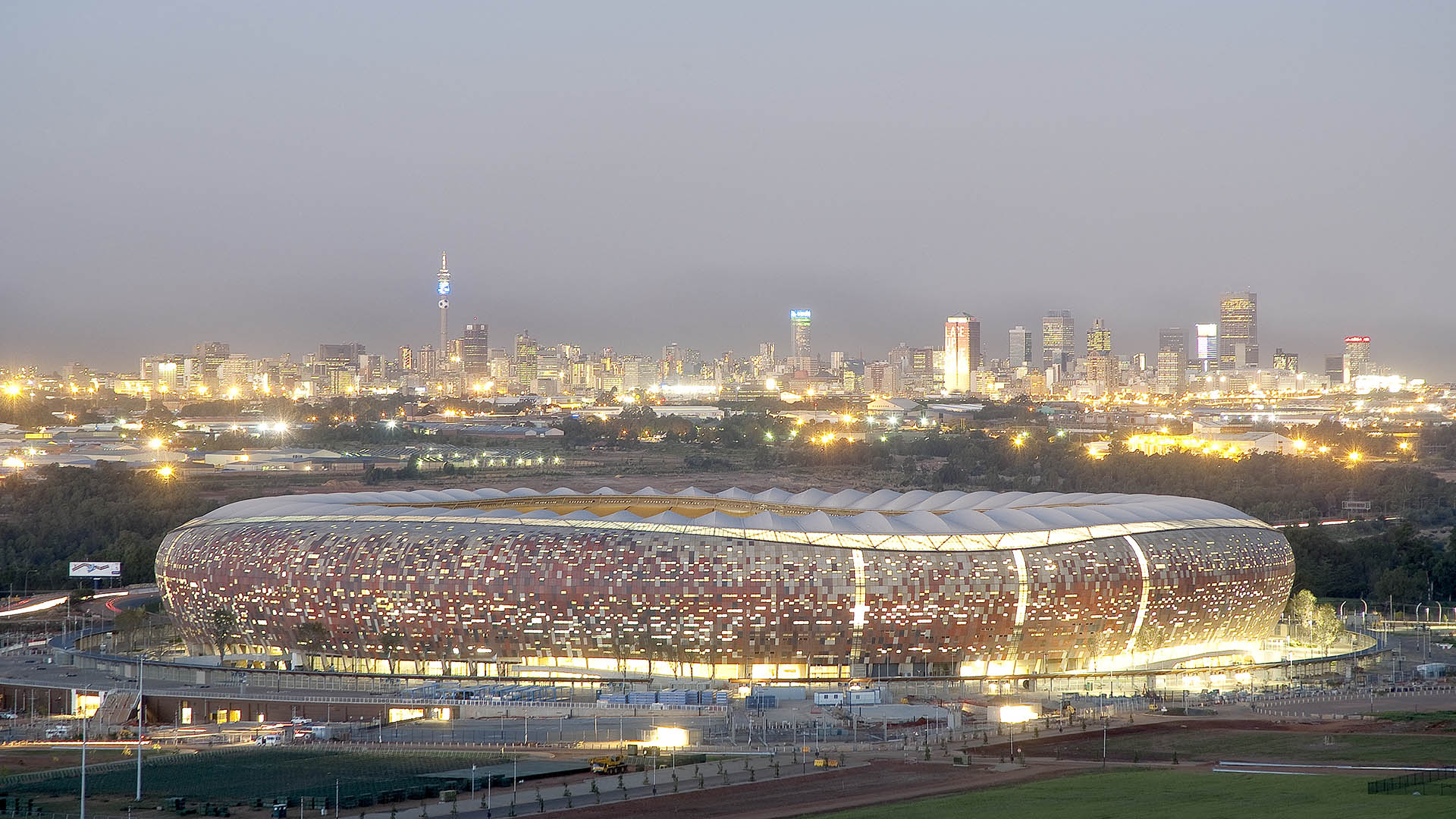
This South African sporting venue is known as the calabash – a nod to the African pot that inspired its name. Glowing lights on the exterior are intended to resemble embers, while the rust-red hues symbolise terracotta. It was built in the late 1980s and has been the setting for several pivotal moments in history, including the first speech by Nelson Mandela after he was released from prison in 1990 and the (admittedly not quite as pivotal) 2010 FIFA World Cup Final between the Netherlands and Spain.
“The visually commanding aspect is the way the shape, colouration and material character of the exterior evoke a pre-Wakanda vision of African futurism,” says Professor Barac, who teaches architecture at London Metropolitan University and is also director of CUBE: Centre for Urban & Built Ecologies.
6. Allianz Arena, Munich, Germany

Professor Barac, director of CUBE: Centre for Urban & Built Ecologies, points out that this German gem was clearly built with aesthetics front and centre. “It's the quality of brand-friendly imagery, including its ETFE (ethylene tetrafluoroethylene) illuminated exterior that can be programmed to change colour,” says Professor Barac. “It was the talk of many architects internationally when it appeared - a clever but simple idea done really well, and in the era of pyrotechnics and helicopter shots associated with major sporting events, it’s very much fit for purpose.”
Love a fun fact? Football fans have eaten nine million grilled sausages at FC Bayern’s home stadium since it opened. Don’t miss the chance to visit the FC Bayern Megastore, which covers 1,000 square meters, and where the most sought after item is apparently an FC Bayern garden gnome.
7. Astrodome, Houston, US
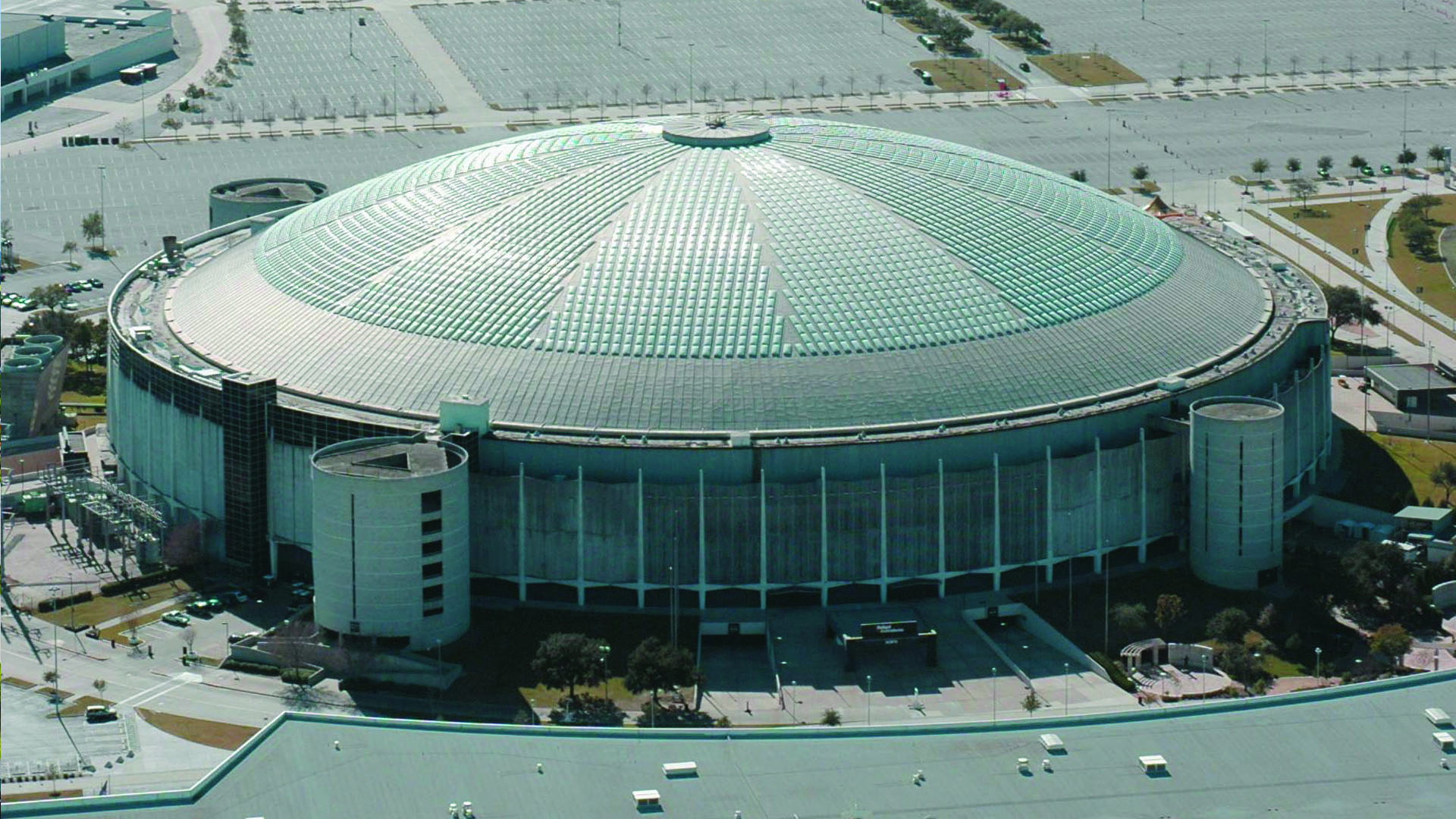
Bearing a marked similarity to a circus tent, the Astrodome became the world’s first domed, air-conditioned sports and entertainment venue when it was built in 1965, although it was ahead of its time in other ways, too. It was the first stadium to use artificial turf, and the first to have an animated scoreboard.
In 2014, nine years after it became a shelter for those fleeing Hurricane Katrina, it was added to the US’s National Register of Historic Places. “The Astrodome reinvented what a stadium might be—enclosed and conditioned rather than open air,” says Professor Larry Speck, who is based at the University of Texas’s School of Architecture. “Its design lent it an innovative new visual character which had big impact on stadium design.”
8. Beijing National Stadium, Beijing, China
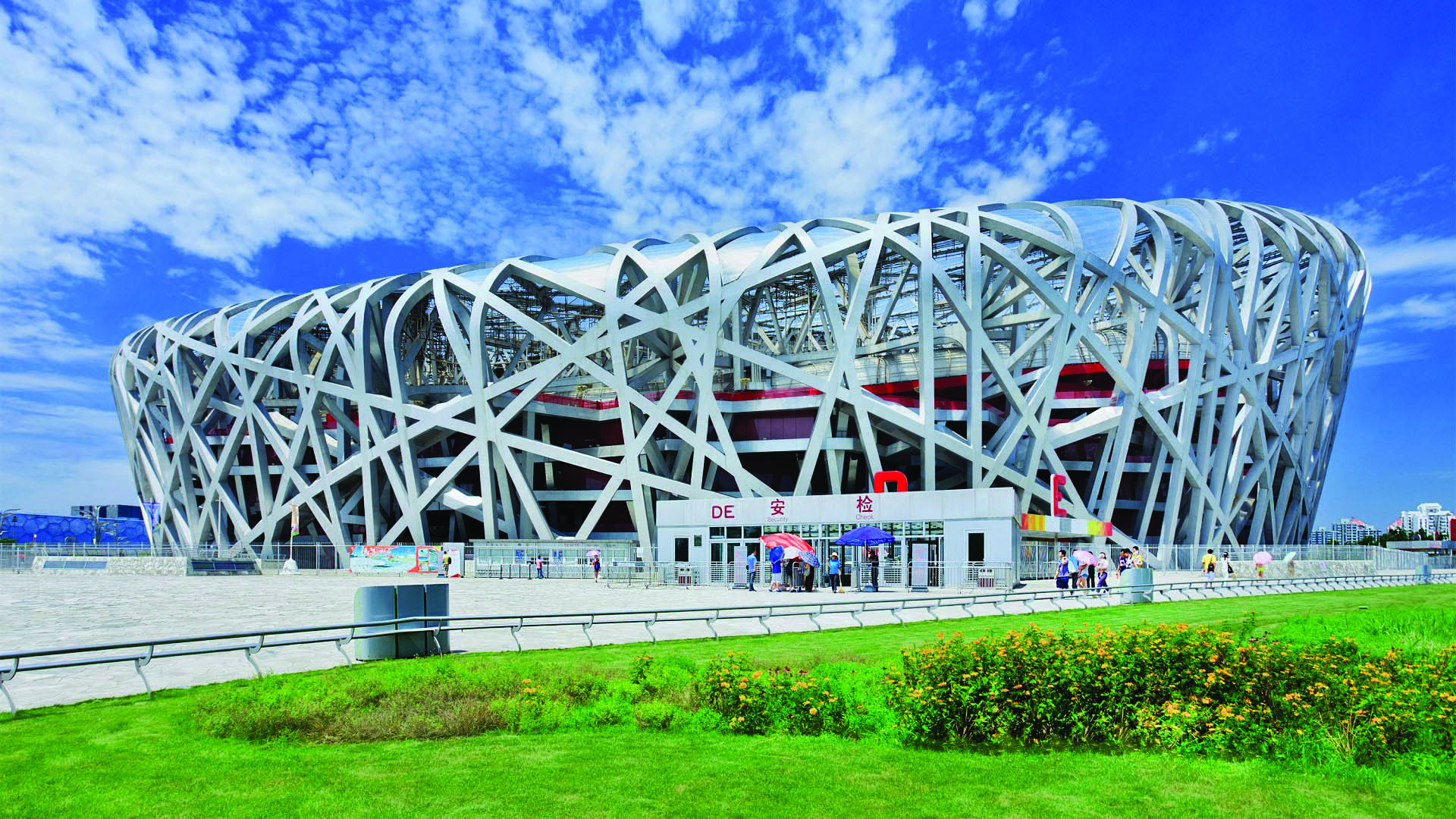
One of the world’s most recognisable sports venues, Beijing’s iconic stadium is better known as the bird’s nest due to its façade – although its geometric-latticework was actually designed to be reminiscent of the stars on the Chinese flag. Construction started in December 2003 and lasted till March 2008. Behind its crosshatched latticework is some serious metalwork, more specifically 42,000 tons of steel (its roof alone weighs 11,200 tons) alongside 110,000 tons of other structural materials.
“The negative spin that it was a case of a 'jet set' architect (Herzog & de Meuron) swooping in was somewhat ameliorated by the fact that Chinese artist Ai Weiwei was also involved,” points out urban architecture expert Professor Matthew Barac. “Herzog & de Meuron have a knack for making buildings which have enormous capacity for symbolism and meaning, while at the same time retaining something of their autonomy and ambiguity as urban objects.”
9. Borisov Arena, Borisov, Belarus

There’s no getting away from the fact that, when viewed from certain (read: many) angles, this Belarussian venue resembles a supersized spotty slug. Home to Bate Borisov FC (don’t worry, we haven’t heard of them either), it was built in 2014.
Slovenia-based OFIS architects apparently wanted to create the illusion of fabric stretched over bones (don’t ask us about their reasoning) while the rounded shape was precision-engineered to improve acoustics on the pitch, which is positioned at an angle which ensures sunlight is evenly distributed for both teams playing in a match.
10. Mercedes-Benz Stadium, Atlanta, US

When the roof of this enormous American stadium is closed, there’s a sense you’re sitting inside a cathedral, thanks to its ornate, segmented design. It's a feature somewhat tarnished by the fact that those who view it from above will also notice it’s adorned with a giant Mercedes-Benz logo. But it’s actually deceptively hi-tech.
The stadium is designed to resemble a camera lens and consists of eight rotating panels which can be completely opened or closed in the space of eight minutes. It’s another stadium that scores highly in the sustainability stakes, and it was the first professional sports venue in the US to achieve LEED Platinum Certification (an accolade Donald Trump would no doubt dismiss), although whether this was the reason for the $1.4 billion (£1b) construction cost remains to be seen. One of its most breathtaking features is the “Halo Board” – a 335-metre, 360-degree HD video wall which is the largest stadium video wall in the world.
11. Bernabéu Stadium, Madrid, Spain
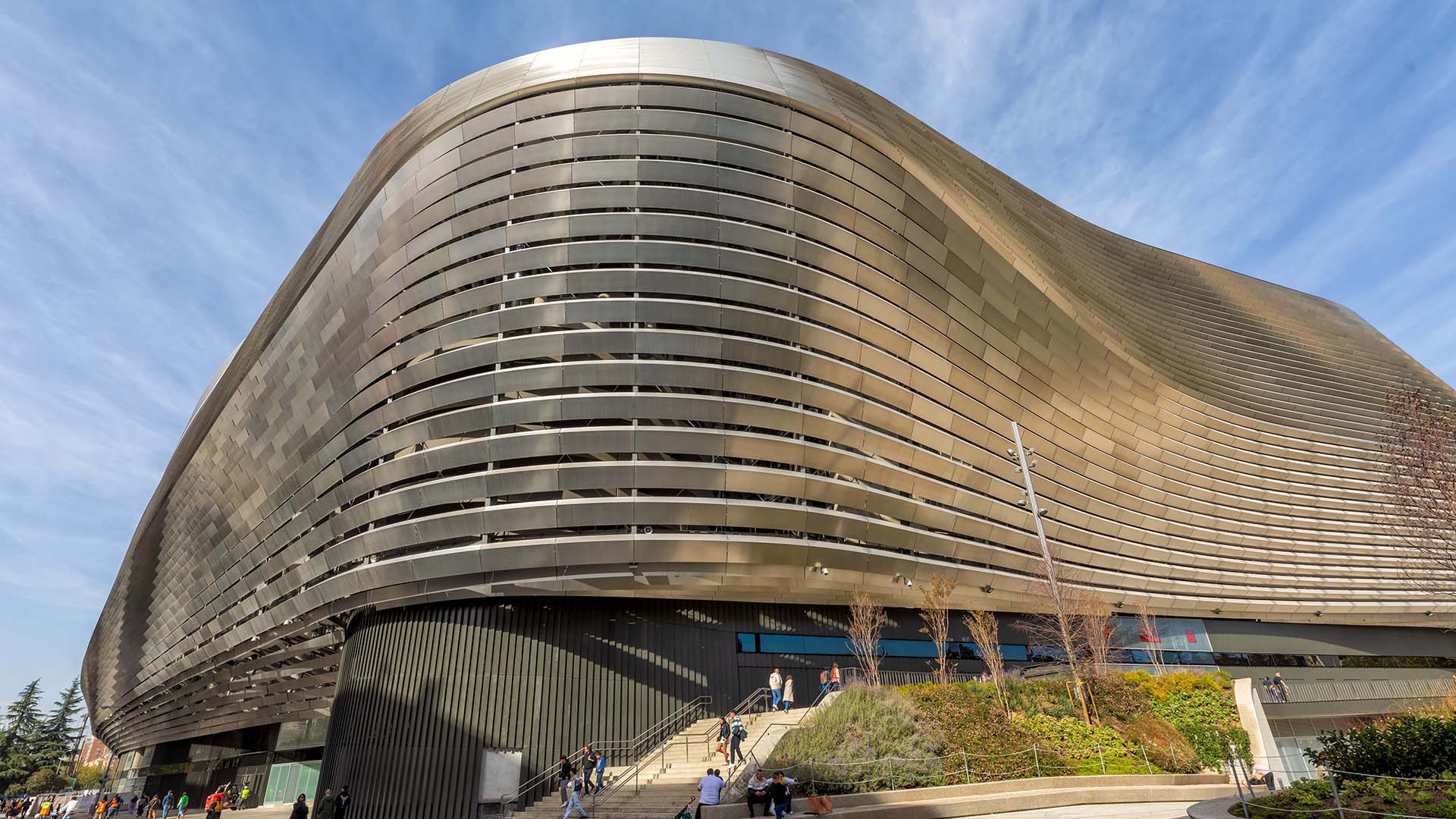
Real Madrid’s home ground can accommodate 83,000 people, making it Spain’s second largest stadium. Built in the 1940s, it’s named after the late Santiago Bernabéu, former president. It’s also had its fair share of celebrity guests - Taylor Swift, Bruce Springsteen and U2 have performed here, and in 1982 Pope John Paul II addressed around 160,000 people at the stadium.
In 2023 it benefited from a serious glow-up, which involved wrapping a curving façade (made from 7,500 V-shaped stainless steel slats) around its once-Brutalist concrete exterior.

Skip the search — follow Shortlist on Google News to get our best lists, news, features and reviews at the top of your feeds!

Tamara Hinson is a Shortlist contributor with a soft spot for Asia, mountain biking and snowboarding. Her work has appeared in the Times, Conde Nast Traveller and Wanderlust, and her favourite places include Singapore, Osaka, in Japan, and Tamil Nadu, in India. Her pet hates are selfies and dog backpacks.
You must confirm your public display name before commenting
Please logout and then login again, you will then be prompted to enter your display name.
-
 From Cardiff to Wembley: London set for Euro 2028 final
From Cardiff to Wembley: London set for Euro 2028 finalEurope’s best will battle it out across four nations in the 2028 tournament
-
 Phil Babb: From Anfield to Aphrodite Hills Resort, still putting smiles on faces
Phil Babb: From Anfield to Aphrodite Hills Resort, still putting smiles on facesFormer Liverpool and Ireland defender on life after the Premier League
-
 Barcelona v Villarreal is heading to Miami in a controversial move
Barcelona v Villarreal is heading to Miami in a controversial moveVillareal's new home for one night only
-
 Amazon is about to make watching football feel like a video game
Amazon is about to make watching football feel like a video gameAmazon Prime... It's in the game
-
 15 legends vie for Premier League Hall of Fame spot — and you can vote soon
15 legends vie for Premier League Hall of Fame spot — and you can vote soonChoosing a legend
-
 This third division football team's new stadium is an absolute beauty
This third division football team's new stadium is an absolute beautyTimber
-
 Liverpool and Real Madrid legend Steve McManaman on streaming, Disney's La Liga deal, and the new era of English players abroad
Liverpool and Real Madrid legend Steve McManaman on streaming, Disney's La Liga deal, and the new era of English players abroadWe'll have a chat, course we'll have a chat
-
 Football fans need to restart their Disney+ subscriptions, or miss out on this huge new streaming add-on
Football fans need to restart their Disney+ subscriptions, or miss out on this huge new streaming add-onA Saturday night treat
